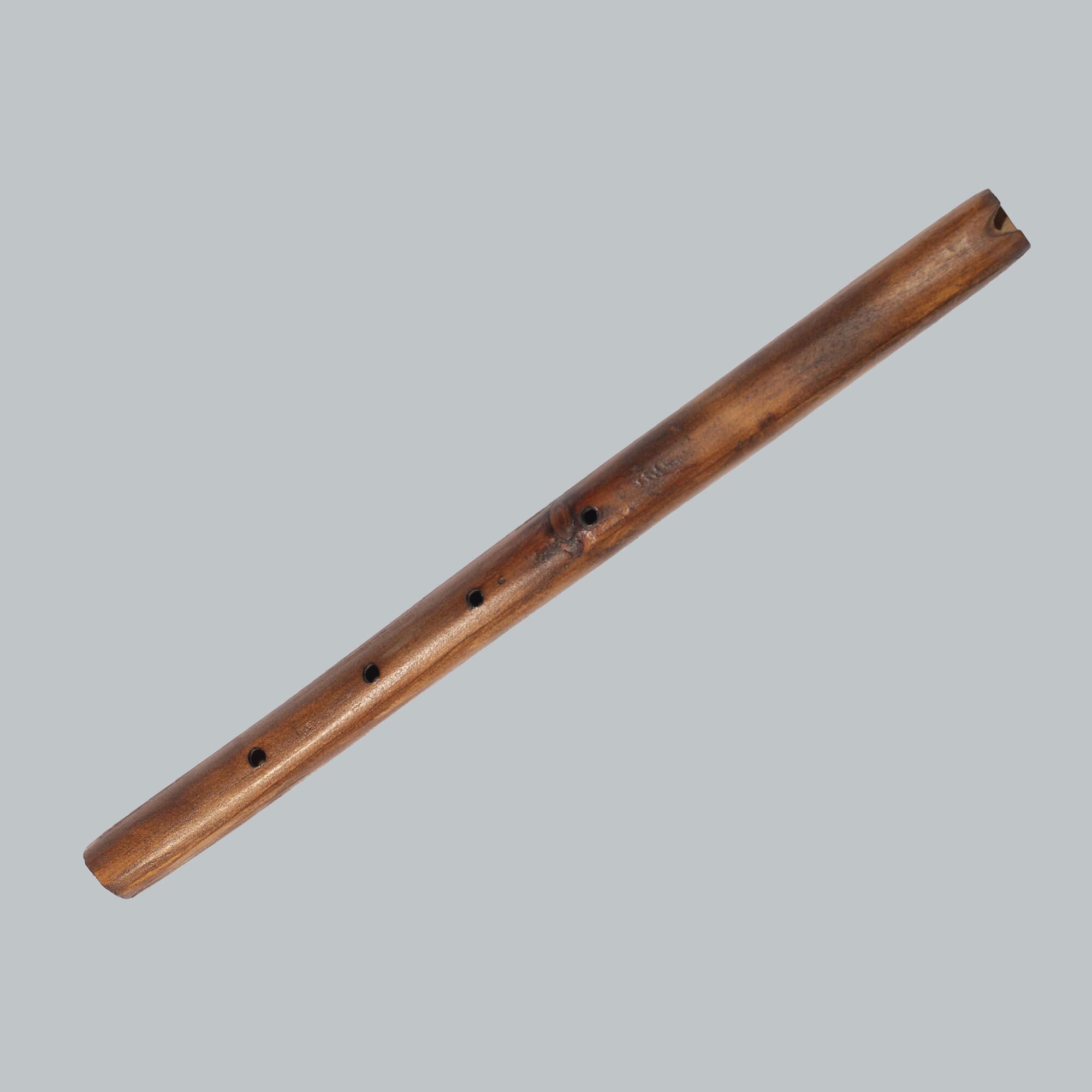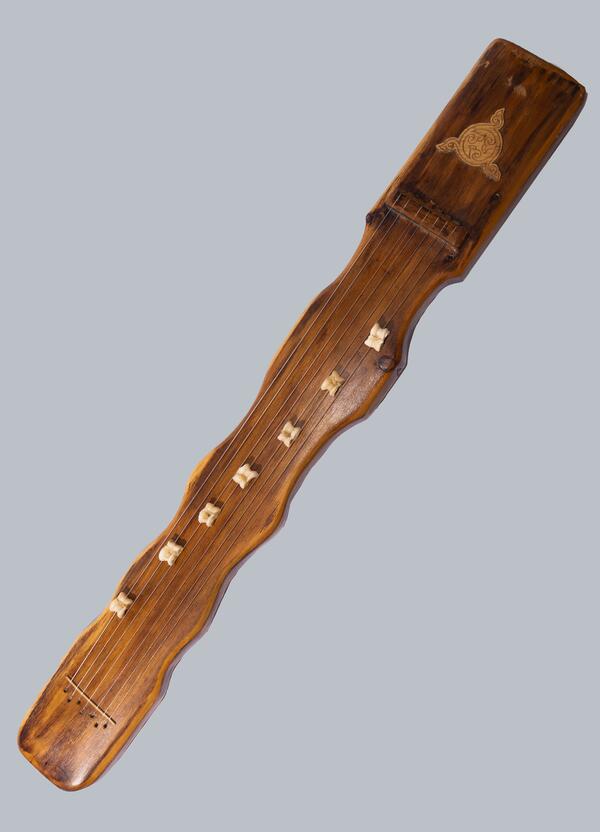The culture of the Altai peoples is inextricably related to nature which provides both inspiration and materials for music. The sounds of ikili, topshur, and other authentic musical instruments resemble rain, wind, and animal voices.
One of the oldest Altai woodwind instruments is the shoor, a type of end-blown flute without side holes. Chinese experts say that the Tuvan shoor originated from “the Chinese musical instrument hujia with a 1,600-year-old history… [The shoor] appeared so long ago that it is called a ‘musical fossil’ in China” (China Radio International). The Altai peoples believe that the instrument from the heroic epic “Maadai-Kara” is of divine origin.
Shoors are made from dried hollow stems of an Apiaceae plant known as “komurgai”, or “puchka”, collected in autumn. The instrument’s size depends on the length of the performer’s outstretched arm, on average — 50–80 centimeters, while the diameter varies from 1.5 to 3 centimeters. The narrow end of the stem is cut straight, while the wide end is cut at an angle.
The performer presses the wide end of the shoor against the upper teeth on the right side of the mouth. The sound is regulated by the blowing strength and by opening or closing the hole on the instrument’s body. The shoor can produce sounds within a range of one octave or more. Skillful performers can play multiphonics, producing two or even three notes at the same time.
Shoor playing accompanies important events in the life of Altai people and can be used to commemorate the dead as this instrument is believed to be heard by spirits. Shepherds and cowherds are especially fond of the shoor. A Tuvan woman named Taivan told the China Radio International, “The Tuvans used to play the shoor, performing tunes for [cows and sheep] and wild animals… Sometimes, the animals even forget to eat while listening attentively to the shoor.”
There are several legends explaining the origin of the shoor. According to one of them, it was designed by a shepherd who heard the sounds of the “zalat” reed in the wind. According to another legend, the instrument was invented by a young man who could not marry the girl he loved because of his humble origin; having created a reed flute, he charmed the bride’s parents by playing the instrument and achieved his goal. The third legend tells of a man who kept finding his home destroyed upon return and once picked up the song of the wind blowing among the ruins.
The displayed shoor was made of a solid piece of
cedar and designed by the musical instrument maker Mikhail Naurchakov.



